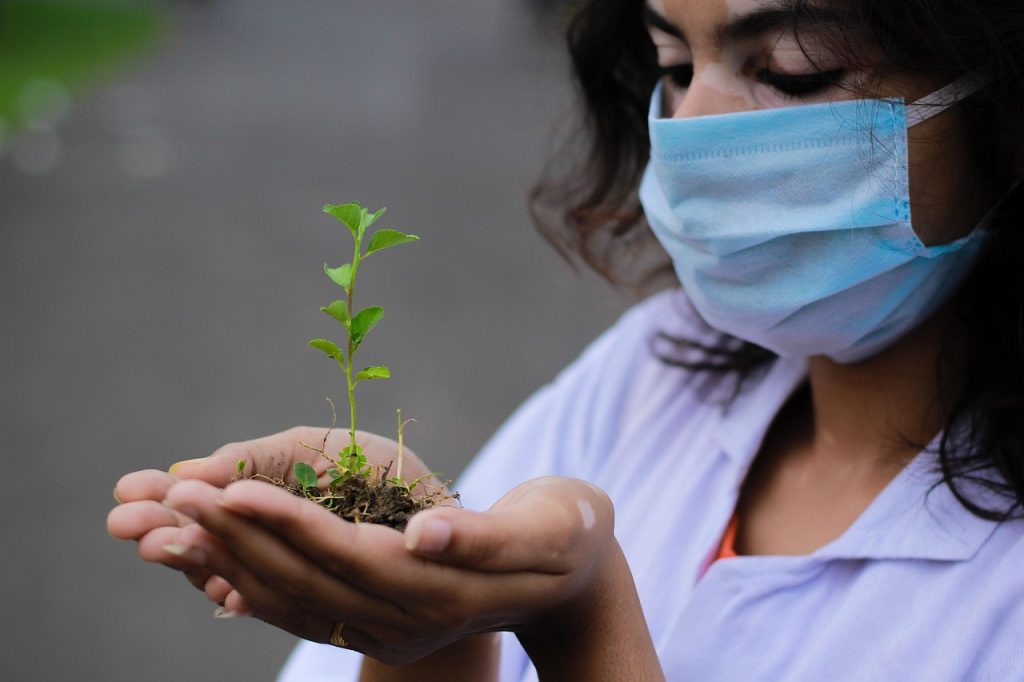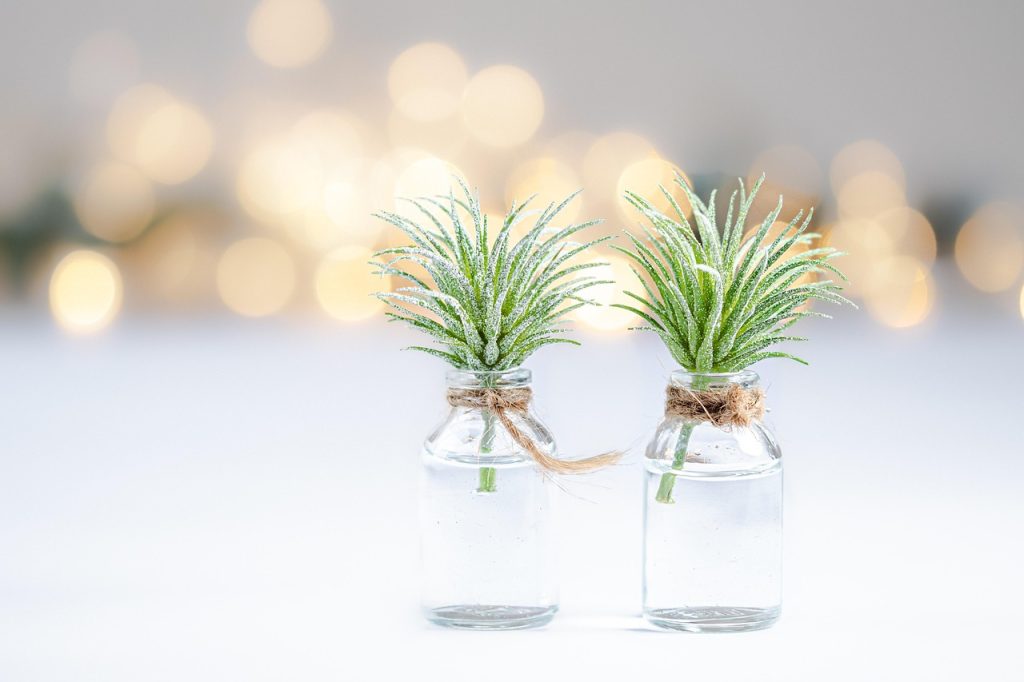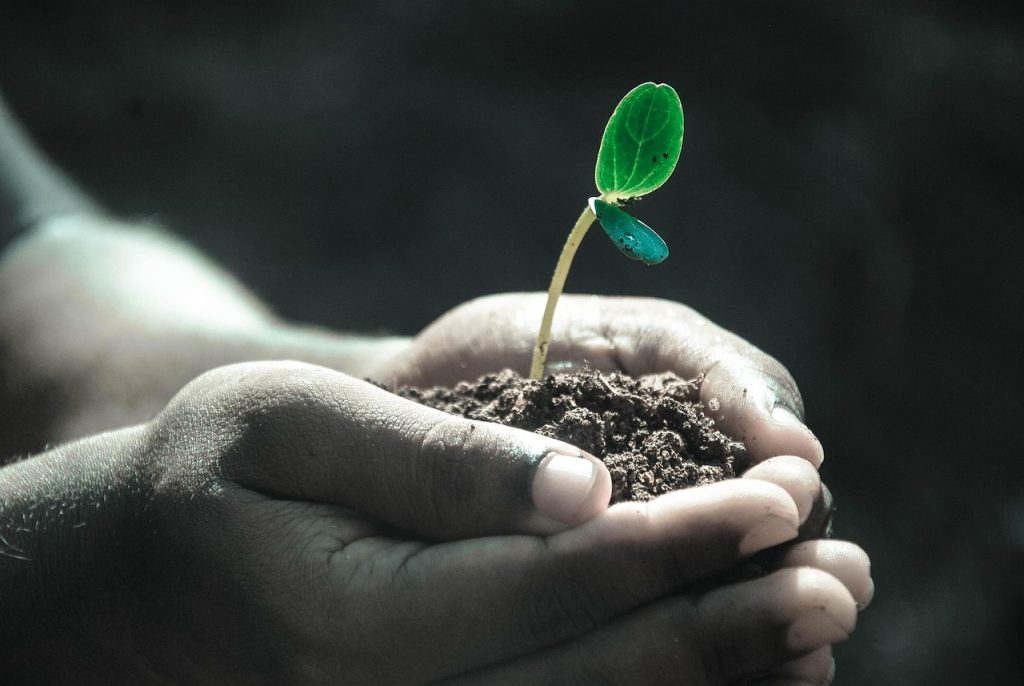Welcome, plant lovers! Whether you’re a seasoned green thumb or a budding plant parent, the joy of nurturing houseplants is universally cherished. In this guide, we dive deep into the world of indoor plant care, offering you practical advice, easy-to-follow tips, and insights to keep your green companions not just alive but thriving. From understanding the basics of potting and light requirements to decoding the signs of plant distress, this article is your go-to manual for all things houseplant-related.
Understanding Your Plant’s Basic Needs
Before you can master plant care, it’s crucial to grasp the fundamental needs of your indoor plants. Here’s what you should keep an eye on:

Lighting: The Lifeline of Houseplants
All plants need light, but the amount and intensity can vastly differ from one species to another. Most houseplants thrive in bright, indirect sunlight. South-facing windows are typically ideal, but if natural light is limited, consider supplementing with grow lights. Here are some tips to get the lighting right:
- Observe your plant: Signs of too much light include scorched leaves, while too little light might cause the plant to become leggy as it stretches towards the light source.
- Rotate regularly: To ensure even growth, rotate your plant every few weeks to expose all sides to light.
Watering: Finding the Right Balance
Overwatering is one of the most common mistakes in plant care. To avoid this, understand the watering needs of your specific plant. Most prefer their soil to be slightly moist, but some, like succulents and cacti, need dry periods between watering. Always check the top inch of soil for dryness before watering again.
Soil and Potting: The Foundation of Health
The right type of soil can make a significant difference. Use a mix that corresponds with your plant’s natural habitat. Orchids, for instance, require a very well-draining mix designed specifically for air roots, while cacti prefer a grittier, sandier mix. Repotting every couple of years also promotes healthy growth by refreshing the soil and removing salt buildups.
Preventive Care and Maintenance
Consistent upkeep can prevent many common plant issues. Here’s how to keep your plants in top shape:
Pruning and Cleaning
Regularly remove dead or yellowing leaves to help your plant focus its energy on new growth. Use clean, sharp scissors to prevent damage. Cleaning the leaves not only keeps your plant looking fresh but also improves its light absorption capabilities.

Pest Control
Keep an eye out for signs of pests such as spider mites, mealybugs, and aphids. A mild infestation can often be managed by wiping the leaves with a solution of soapy water. For more severe cases, you may need to use specific insecticides or neem oil.
Seasonal Adjustments for Houseplants
Plants, like people, react to seasonal changes, and adjusting their care accordingly can help them thrive year-round:
Summer Care
During the warmer months, most houseplants will need more frequent watering and may benefit from being moved outdoors if conditions allow. This is also a great time to apply a balanced, water-soluble fertilizer to support their growth phase.
Winter Care
In contrast, during winter, reduce watering but ensure the air isn’t too dry. Plants might benefit from a humidifier or a regular misting. Keep plants away from cold drafts and heating vents which can dry them out.
Common Mistakes to Avoid in Plant Care
Even with the best intentions, here are some pitfalls you might face:
Neglecting Humidity Needs
Many tropical plants require a higher humidity level than what our homes naturally provide. Using a humidifier or placing a water tray near your plants can help mimic their natural environment.
Using Incorrect Pot Sizes
A pot that’s too large for your plant can lead to waterlogging, while one that’s too small can restrict root growth. Ensure the pot is just the right size with adequate drainage.

Frequently Asked Questions
Typically, you should repot your houseplants every 1-2 years, or when you notice signs like roots circling the base of the pot or poking out of the drainage holes.
The most reliable method is to feel the soil about an inch deep with your finger. If the soil feels dry, it’s time to water; if it still feels moist, wait a few more days.
Yes, certain houseplants like the spider plant, peace lily, and snake plant are known for their ability to purify air by absorbing toxins and producing oxygen, thus improving indoor air quality.
In conclusion, mastering houseplant care requires a blend of understanding, observation, and a bit of trial and error. Each plant has its unique needs and adapting your care accordingly will allow them to thrive. Use this guide as your foundation to explore the rewarding world of plant parenthood. Happy planting!